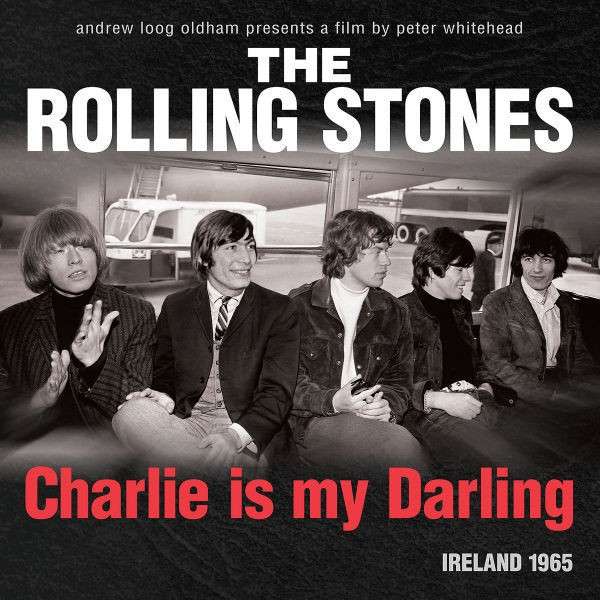Videos by American Songwriter
The Rolling Stones
Charlie Is My Darling – Ireland 1965
(ABKCO Films)
Rating: 4 stars
The Rolling Stones are currently celebrating their 50th year together with a slew of projects, including a career-spanning HBO documentary and their umpteenth greatest hits package. The gem of this group of releases might just be Charlie is my Darling, a 50-minute documentary (also available in a stacked deluxe package with all kinds of goodies) that was made by director Peter Whitehead in 1965 just as the group’s stardom was hitting new heights thanks to the success of “(I Can’t Get No) Satisfaction.”
As a result, the doc, which was filmed during a weekend tour stop in Ireland in September 1965, is a telling snapshot of the band before they became the decadent, well-oiled rock and roll machine that has been their persona for what seems like forever. There are raucous performances, priceless backstage footage, and interviews with just about the whole band (Keith Richards sits these out, although he is well-represented in the backstage clips.)
The performance footage provides some unique fodder for those looking to compare and contrast the Stones with The Beatles. The Fab 4 had already moved on to huge venues like Shea Stadium by that time, so the Stones’ theater shows captured here seem intimate by comparison. That intimacy lends to a volatile connection between the band and its audience, which helps explain why the first of the taped shows ends in a near-riot on the stage.
Even though they were still at a nascent stage in their career, the individual Stones were already settling into the roles that they would play for decades to come, as can be seen in the interviews. Bill Wyman and Charlie Watts were already content to keep their heads down and lay low, even as the live footage shows just how integral their chemistry as a rhythm section was to the band’s early sound. Mick Jagger was already wise beyond his years, displaying an awareness of the need for a stage image that was separate from his true self. Most telling of all, Brian Jones seemed to be showing signs of wariness concerning his future as a rock star.
Stones fans will most likely relish the backstage stuff most of all, as it reveals an easy camaraderie between Jagger and Richards. The two can be seen working out songs (the composition of “Sittin On A Fence” is ironed out in one scene) and goofing off after one show at a piano, doing impromptu versions of Elvis and Beatle numbers.
It wouldn’t be long that the band would be sharing the same rarefied era as those legends, and The Rolling Stones would soon improve their craft and polish their act to accommodate that level of fame. Never again, however, would they be as thrillingly raw as they were on Charlie is my Darling, which is why it’s such an essential piece of Stones’ history.














Leave a Reply
You must be logged in to post a comment.